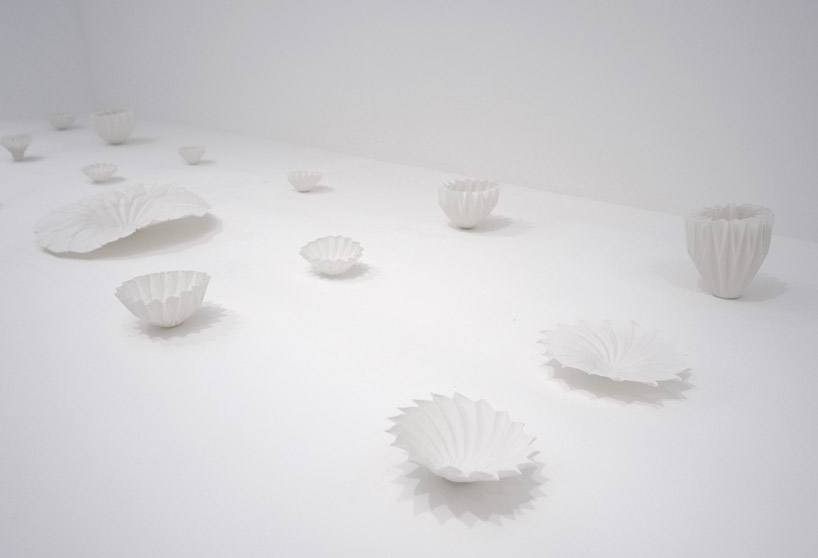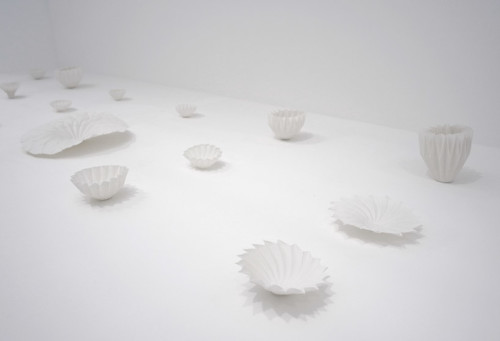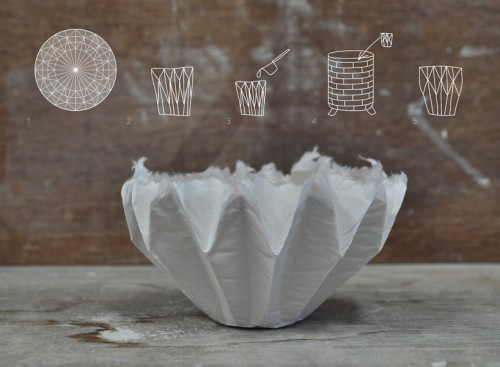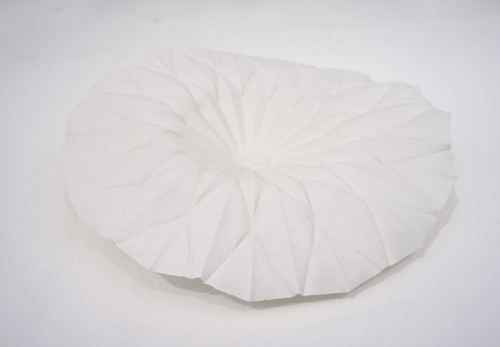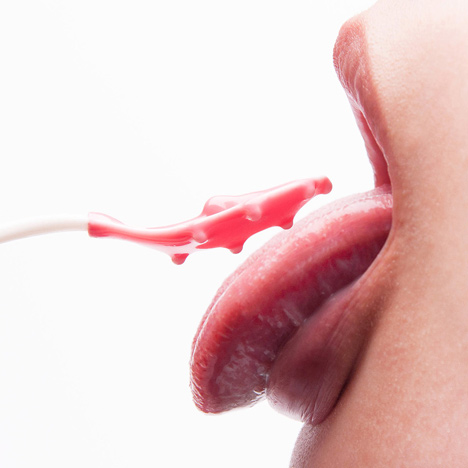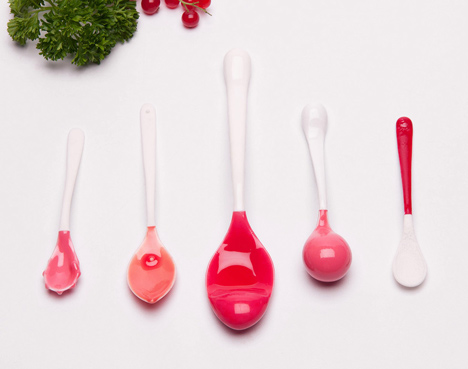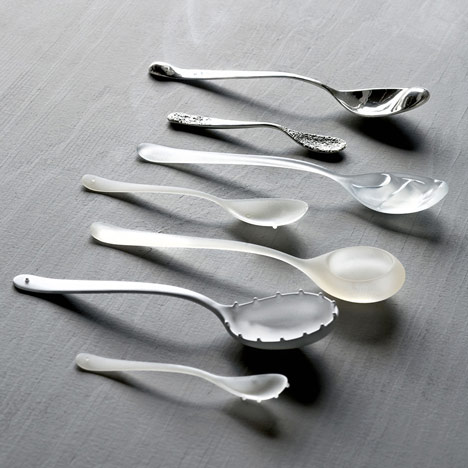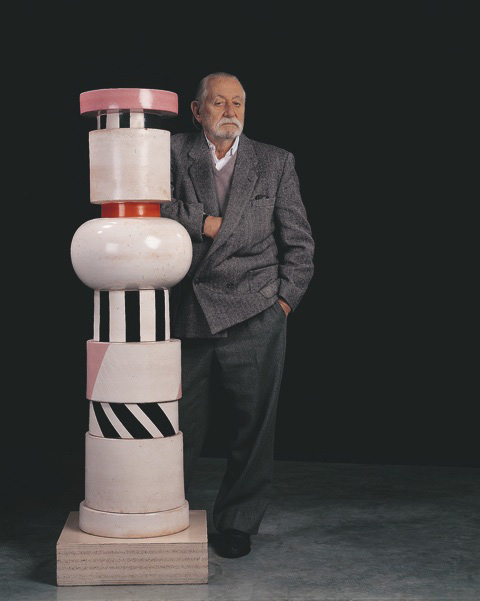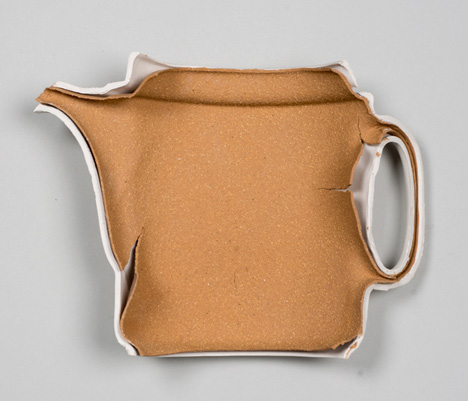
White porcelain is moulded with the last batch of terracotta from a closed down clay mine in Israel and fired together to create distorted and cracked objects. For the artist, it represents the distortion of the process of trying to mix two different cultures together.




